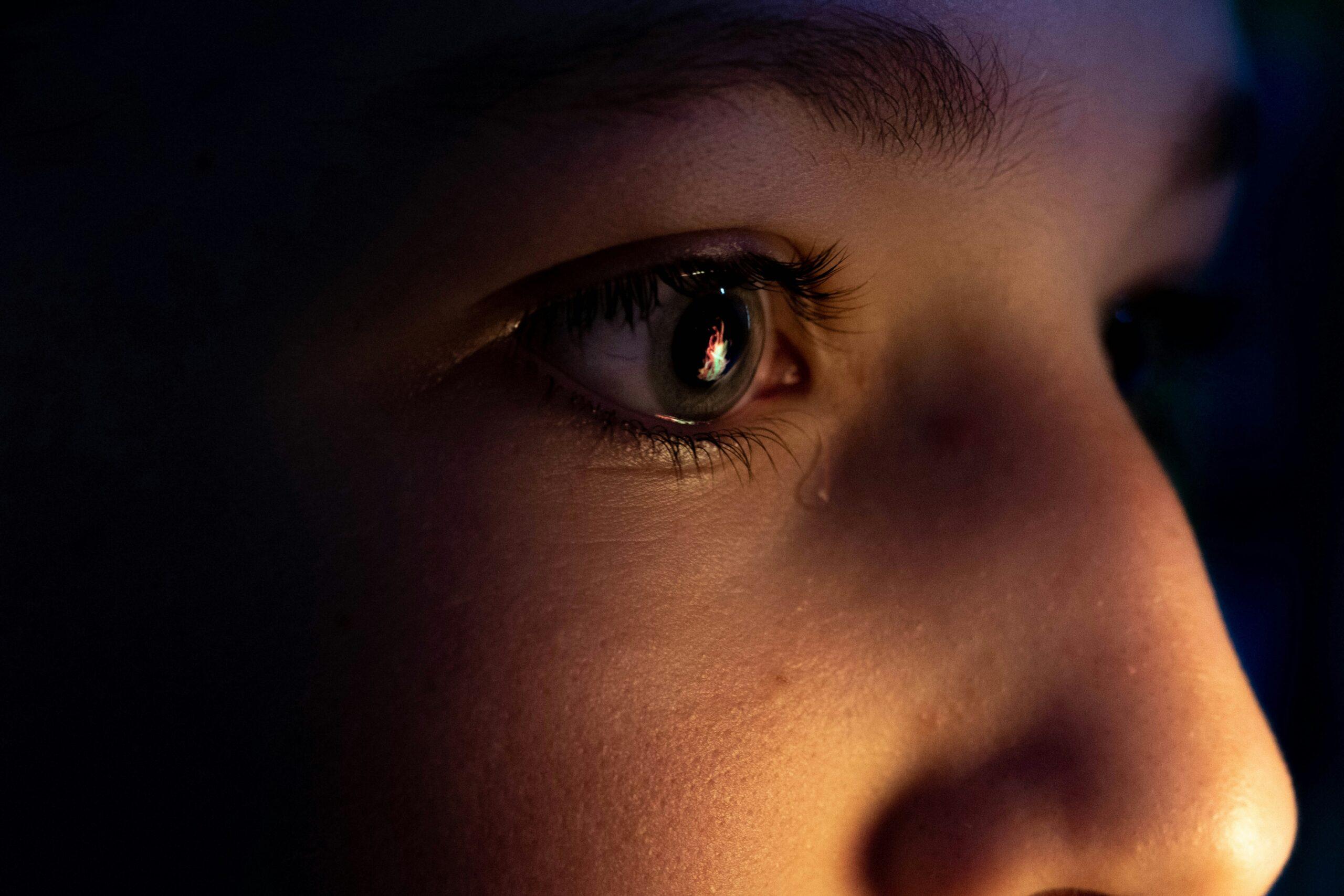It is estimated that between 5 and 10 percent of children develop a phobia before reaching the age of 16. Some of the most common phobias among kids involve being left alone, bed wetting, dark and nighttime fears, school, enclosed spaces, strangers, heights, insects and animals, storms and water.
Not surprisingly, phobias are best cured during childhood, when the brain is still developing. If you suspect your child of having a specific or debilitating phobia, certain psychologists have the appropriate training to extinguish it. Dr. Thomas Ollendick, the leader of the Child Phobia Project Team at Virginia Tech, has treated more than 300 children with specific phobias since 2002 in his team’s study. The National Institute of Mental Health funds his project. The treatment consists of only one, three-hour session featuring six major components to gradually build up the tolerance of the specific phobia.
Education
First, the psychologist educates a child and his or her family about the specific phobia. With new information, there is hope that the child (and family) will better understand the subject matter and eventually develop a realistic approach of perceiving it. “Often kids wonder and are partially scared because of why the snake crawls,” says Ollendick. “We try to illustrate to them if you don’t have any legs or arms or appendages, the only way you can move across this floor is to crawl.”
Modeling
The second step is called modeling. Modeling is an active process that shows the child how to interact with an object that induces fear. For instance, if a child is scared of bees, the psychologist models how to act in a horticulture garden without being stung. Many fears are actually passed down from one generation to the next, and it is important for the parents to be as positive and encouraging during the modeling phase as possible. As the old adage goes, we must all learn to face our fears.
Confronting the Phobia
The third step gets a little more intense. Participant modeling is where the child, accompanied by the psychologist, confronts the child’s specific phobia. The psychologist not only shows the child how to act in a particular fear-inducing situation, he also interacts with the child while carrying out a behavior as a means of transferring the modeling behavior onto the child. If a child is afraid of a snake, the psychologist will touch the snake first. Next, the psychologist will have the child put a hand on his shoulder while the psychologist touches the snake. After that, the child moves his or her hand to the expert’s arm while he touches the snake. Lastly, the child touches the psychologist’s hand while he touches the snake, before the child personally touches the snake. During participant modeling, physiological measures of the children, such as heart rate and heart rate variability, are collected to ensure efficacy.
“We get the kid to the point where they have spiders crawling on their hands, a snake around their neck, they walk a dog outside, they’ll be in the horticulture garden where there are bees or they’ll go in elevators,” says Ollendick, referring to progress with children who have phobias.
However, some phobias involve things that are not always presentable, like brontophobia (fear of thunderstorms). In such cases, virtual reality software is implemented as a substitute.
Challenging Current Perceptions
The fourth step in getting a child to tolerate a fear occurs when the psychologist challenges the child’s current perceptions. “A child might say, for example, that they are afraid of dogs because they’ll lick their face or knock them down,” says Ollendick. “What we do before the treatment is have them give a prediction of how likely they think it will be that this dog will lick their face or knock them down. They’ll give us, say, on a zero-to-eight scale, an eight. They are definitely sure that it is going to happen, and then we’ll have them interact with the dog, and it doesn’t happen. Then, we’ll ask them to look at their belief— and has their belief been supported or unconfirmed. Of course, what we’re trying to do is disabuse them of the belief that this is going to happen.”
Positive Reinforcement
The fifth step is a simple one involving positive reinforcement. The psychologist says empowering phrases to the child such as: “Wow! You did a terrific job! You touched the snake, you looked at the spider or you drew a picture of a clown.”
Homework
The last step is to give the child homework to practice progress back at home without the presence of the psychologist.
The process has helped hundreds of children face their fears. “To get rid of the phobia is pretty tough,” informs Ollendick, who says that about 80 percent of children he has interacted with have shed their fears.
At the very least, pursuing treatment for your child’s phobia helps your child confront a fear and often live a healthier life. And as adolescent psychologists like Ollendick find more effective ways of extinguishing phobias through their research, the percentage of children with debilitating fears should continue to decline.
For further information about dealing with children’s fears, check out Freedom From Fear, a national nonprofit mental health advocacy association. Their website offers advice to all family members for coping with fears and facing anxiety issues. For debilitating phobias, consider taking your child to see a psychologist.

